Eastern Poison Ivy
Toxicodendron radicans
native
Eastern Poison Ivy is a native vine that grows throughout Monticello Park. It is in the same family as cashew, pistachio, and mango trees, and it is not a true ivy. Poison Ivy produces drupes (fruits) which mature during the fall and can persist through the winter, making it a desirable plant for wildlife. Many people have allergic responses to Poison Ivy. The compound "urushiol" causes the response, and its purpose is to help the plant to retain water. The rashes and blisters can be relieved by products available at pharmacies, as well as by a mash made from jewelweed (Spotted Touch-me-not - Impatiens capensis), which grows in Monticello Park. You can prevent the lesions if you wash within two to eight hours of exposure, scrubbing with a washcloth, using plain soap, and rinsing three times. The fluid in the blisters does not spread Poison Ivy. You can spread it if the urushiol on your skin or clothing later comes into contact with doorknobs, telephones, furniture, or other items. You also can get it if you touch a pet who has been in contact with it. Urushiol can remain active for years, so touching dead Poison Ivy leaves can cause a reaction. A substance similar to urushiol is found in mango skins and the shells of raw cashews.
Identification Tools
![]() Illinois Wildflowers
Illinois Wildflowers
![]() Missouri Botanical Garden
Missouri Botanical Garden
![]() Go Botany
Go Botany
Ranges

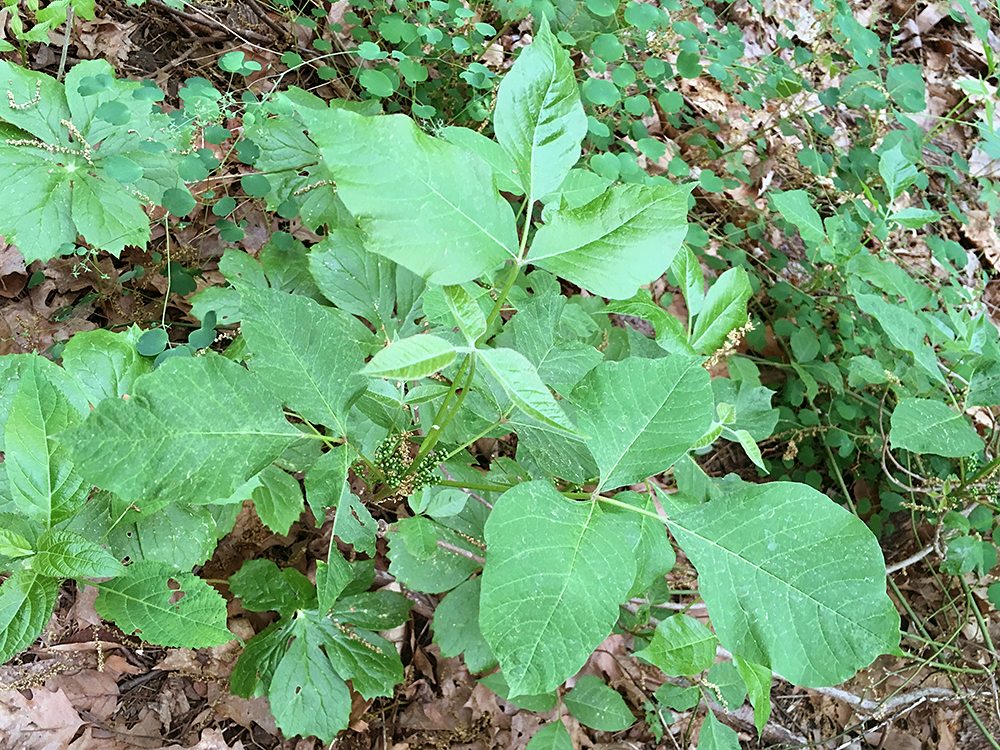
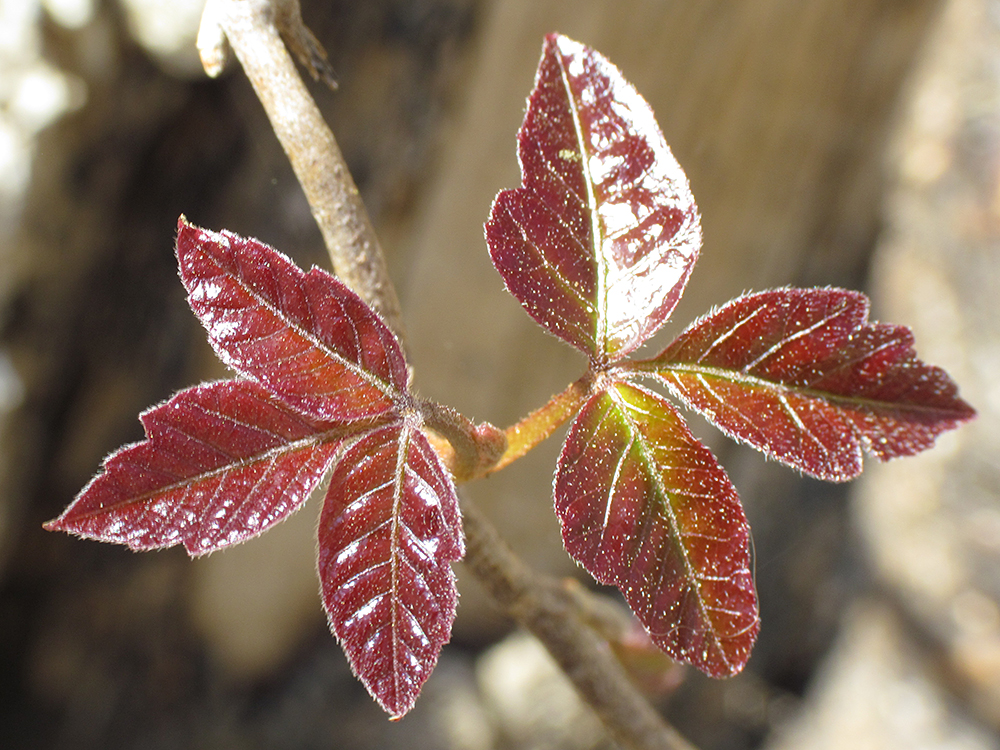

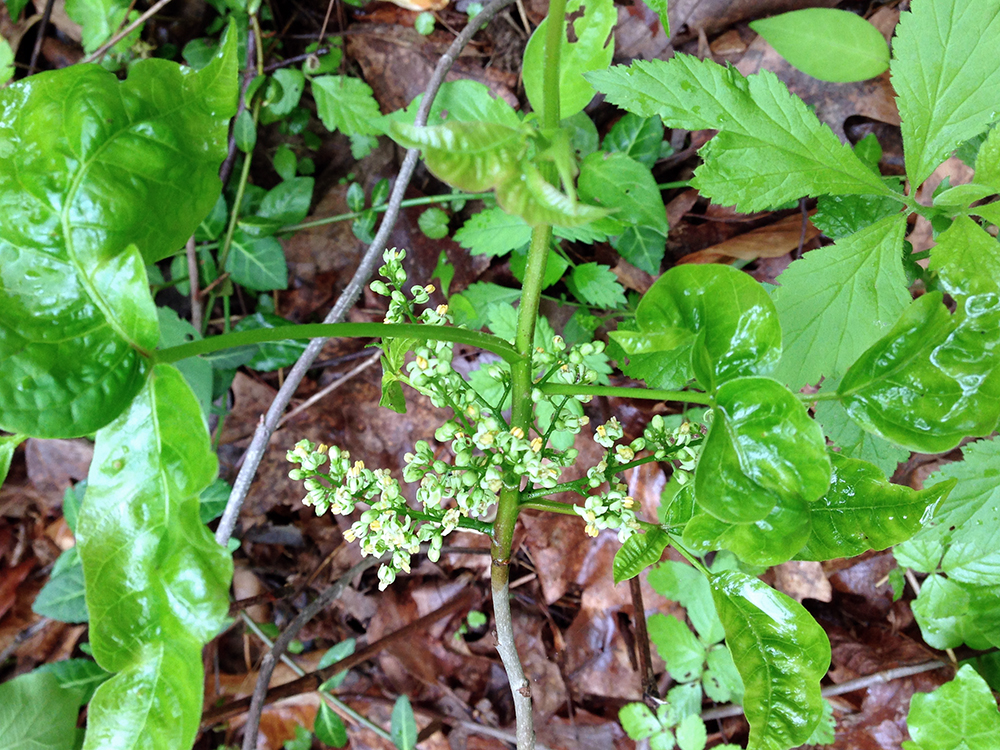
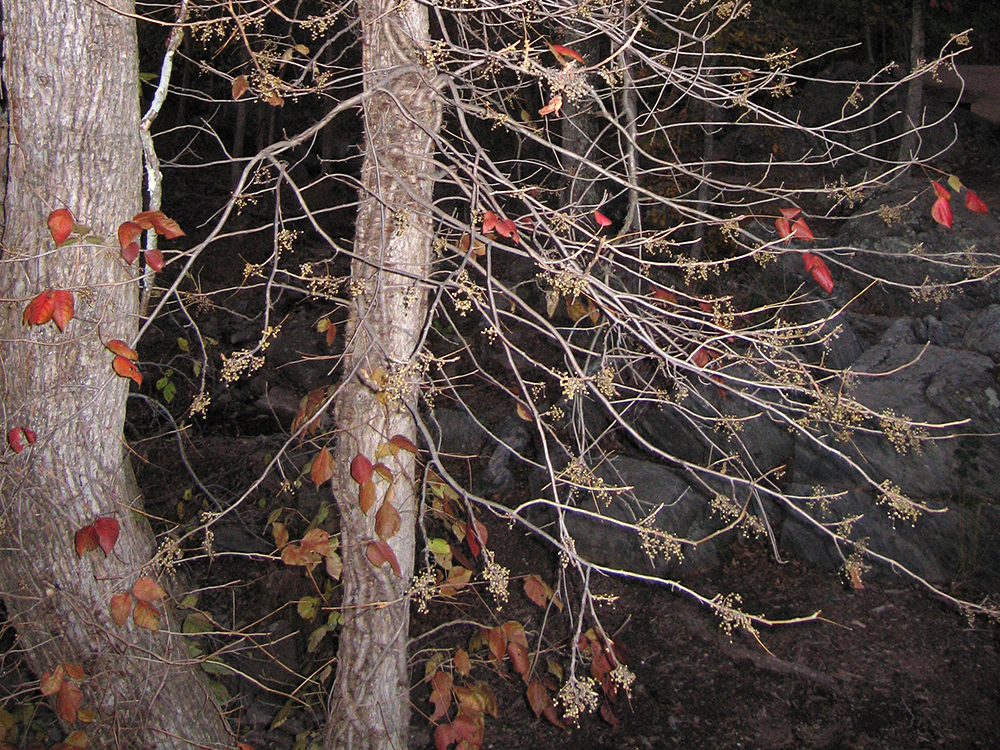
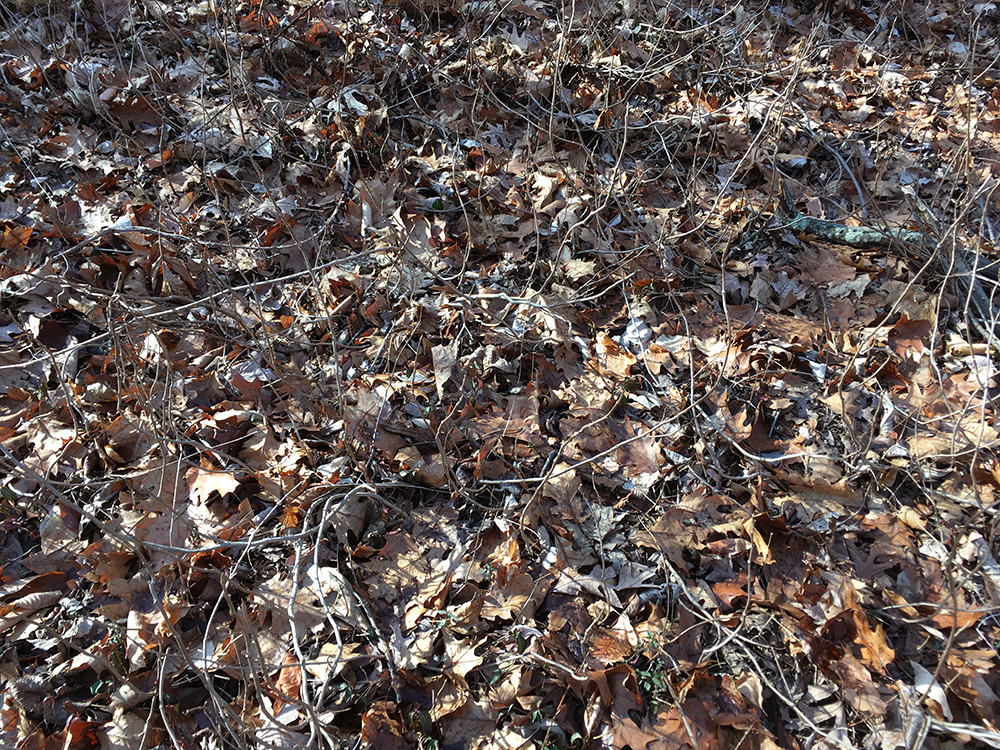
Return to the Index
